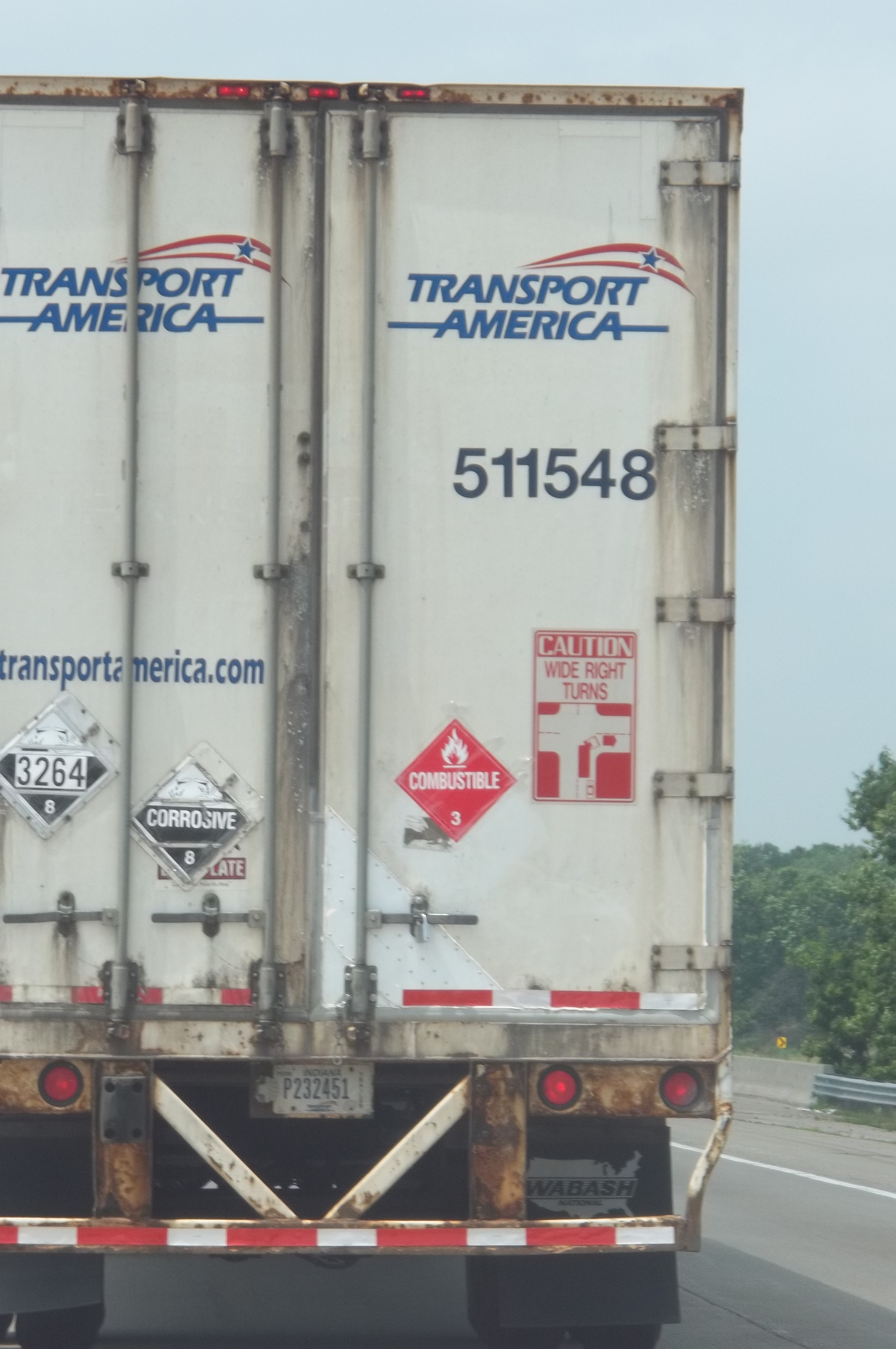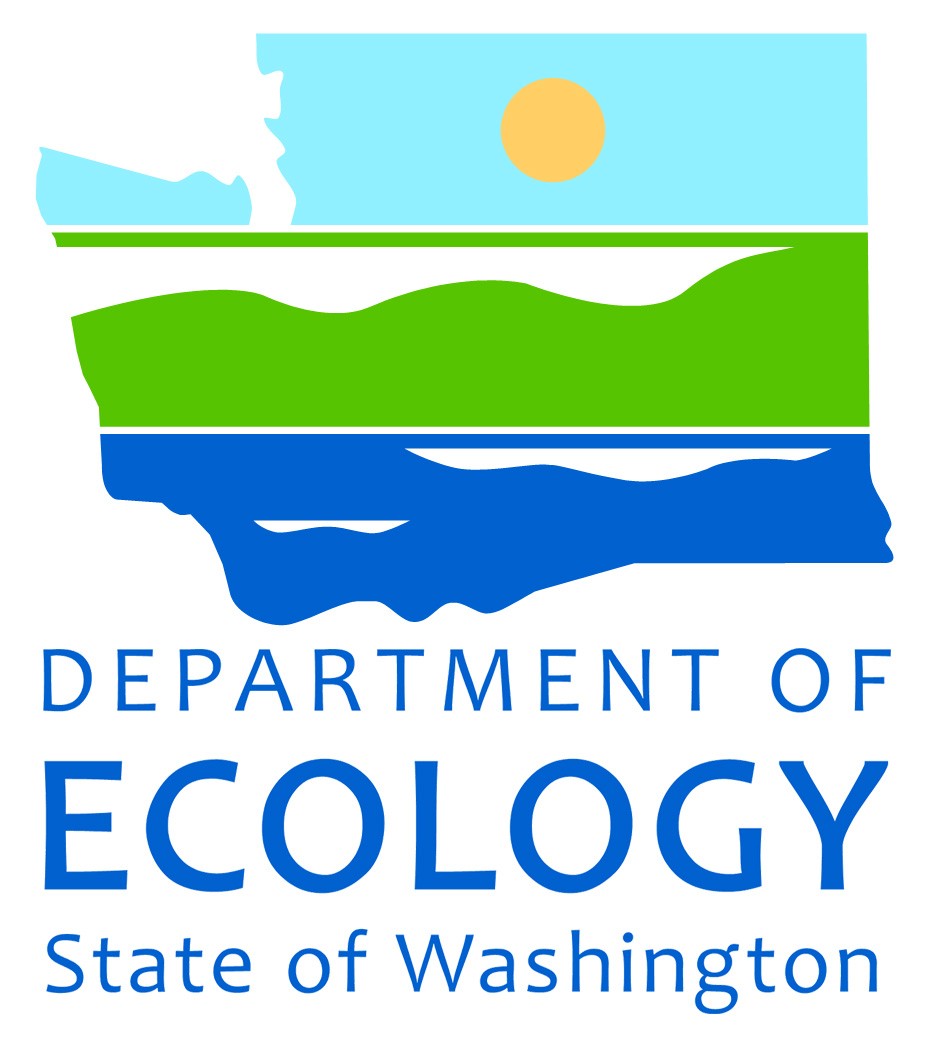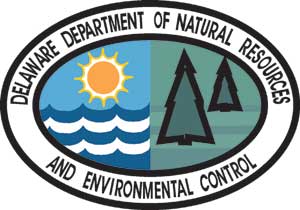On its website the US Government Printing Office makes a wealth of Federal publications available for review and download; one of these is the Federal Register.
Published by the Office of the Federal Register, National Archives and Records Administration (NARA), the Federal Register is the official daily publication for rules, proposed rules, and notices of Federal agencies and organizations, as well as executive orders and other presidential documents.

See below for a brief summary of announcements in the Federal Register by the US EPA on the subject of Hazardous Waste and the Pipeline & Hazardous Materials Safety Administration (PHMSA), Federal Railroad Administration (FRA), and the Federal Aviation Administration (FAA) of the US DOT on the subject of Transportation of Hazardous Materials.
The Federal Register is a great way to look down the road and see potential changes to the regulations long before they are put into effect (sometimes The Rulemaking Process takes years before a final rule is issued, if ever). Knowledge of these potential changes provides you with several advantages:
- Additional time to modify your business operations to comply.
- Awareness of on what topics the regulatory agencies intend to focus their efforts.
- The ability to register your concerns, complaints, suggestions, etc. in order to modify the proposed rule before a final rule is issued. It can be done, really!
- Make changes to your training program to account for changes that become effective before the next training cycle.
- Alert you to the need to re-train your employees prior to their next scheduled training cycle, if necessary.
- Keep you abreast of changes to the regulations that affect your business and/or your industry group.
Please note that this is my best effort to identify the relevant announcements in the Federal Register that may be of interest to generators of hazardous waste and shippers of hazardous materials. I encourage you to review the list of Federal Register publications yourself to ensure regulatory compliance.
September 1, 2014 through September 30, 2014

USEPA – US Environmental Protection Agency:
Publications not related to the management of hazardous waste, solid waste, universal waste, or used oil are not included here.
Rules and Regulations:
Texas: Final Authorization of State Hazardous Waste Management Program Revision Pages 52220 – 52224 [FR DOC # 2014-20789] PDF | Text | More
Approval and Promulgation of State Plans for Designated Facilities and Pollutants: New Hampshire; Revised State Plan for Large and Small Municipal Waste Combustors Pages 52201 – 52205 [FR DOC # 2014-20803] PDF | Text | More
Contact me with any questions you may have about the management of hazardous waste Daniels Training Services 815.821.1550 |
Proposed Rules:
Texas: Final Authorization of State Hazardous Waste Management Program Revisions Pages 52275 – 52276 [FR DOC # 2014-20788] PDF | Text | More
Approval and Promulgation of State Plans for Designated Facilities and Pollutants: New Hampshire; Revised State Plan for Large and Small Municipal Waste Combustors Pages 52275 – 52275 [FR DOC # 2014-20800] PDF | Text | More
Notices:
None
FAA – Federal Aviation Administration:
Publications not related to the transportation of hazardous materials are not included here.
Rules and Regulations:
Special Conditions: Boeing, Model 767-200/-300 Series Airplane, as Modified by Avionics Support Group; Installed Rechargeable Lithium Batteries and Battery Systems Pages 58243 – 58245 [FR DOC # 2014-23042] PDF | Text | More
Proposed Rules:
None
Notices:
Hazardous Materials Safety Program Pages 56847 – 56847 [FR DOC # 2014-22603] PDF | Text | More
FMCSA – Federal Motor Carrier Safety Administration:
Publications not related to the transportation of hazardous materials are not included here.
Rules and Regulations:
None
Proposed Rules:
None
Notices:
None
FRA – Federal Railroad Administration:

Publications not related to the transportation of hazardous materials are not included here.
Rules and Regulations:
None
Proposed Rules:
Securement of Unattended Equipment Pages 53356 – 53383 [FR DOC # 2014-21253] PDF | Text | More
Notice of Petition for Approval of a Railroad Safety Program Plan Pages 58029 – 58029 [FR DOC # 2014-22876] PDF | Text | More
Notices:
None
PHMSA – Pipeline and Hazardous Materials Safety Administration:
Publications not related to the transportation of hazardous materials are not included here.
Rules and Regulations:
Hazardous Materials: Emergency Restriction/Prohibition Order Pages 55403 – 55406 [FR DOC # 2014-21968] PDF | Text | More
Clarification on Fireworks Policy Regarding Display Aerial Shells With Attachments Pages 56988 – 56989 [FR DOC # 2014-22706] PDF | Text | More
Clarification on Fireworks Policy Regarding Display Mines Pages 56989 – 56990 [FR DOC # 2014-22705] PDF | Text | More
Proposed Rules:
Hazardous Materials: Special Permit and Approvals Standard Operating Procedures and Evaluation Process Pages 54676 – 54676 [FR DOC # 2014-21776] PDF | Text | More
Hazardous Materials: Reverse Logistics (RRR) Pages 57494 – 57495 [FR DOC # 2014-22759] PDF | Text | More
Notices:
Hazardous Materials: Revisions of the Emergency Response Guidebook Pages 52106 – 52107 [FR DOC # 2014-20683] PDF | Text | More
Information Collection Activities Pages 58031 – 58041 [FR DOC # 2014-22903] PDF | Text | More
Special Permit Applications Pages 58864 – 58865 [FR DOC # 2014-23071] PDF | Text | More
Notice of Applications for Modification of Special PermitPages 58865 – 58866 [FR DOC # 2014-23069] PDF | Text | More
Information can be helpful but it’s useless if you are not able to make sense of it. You must be able to determine how any changes to the rules and regulations (final or proposed) will affect your operations, and communicate the necessary information to your personnel. I can help you to do that.
Contact me with any questions you may have about the transportation of hazardous materials by air, highway, vessel, or rail International and Domestic Daniels Training Services 815.821.1550 |
Please contact for a free training consultation to determine your regulatory requirements and how training can help you to attain and maintain compliance with the regulations of the US Environmental Protection Agency (and your state) and the PHMSA, FAA, FRA, & FMCSA of the US Department Of Transportation.























